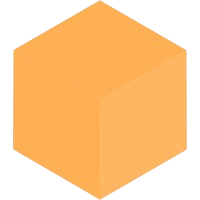
Understanding the Role of Journal Indexing
Journal indexing is the process of adding a journal’s content to an index or database, such as a library catalog or an online database. This makes the journal’s articles and other content more discoverable and easier for researchers to access.

There are several types of journal indexes, including
Subject-specific indexes
Multidisciplinary indexes
Open access indexes

Choosing the Right Indexing Platforms
To get a journal indexed, you will need to submit the journal’s metadata (e.g. title, publisher, ISSN) to the indexing service. Some indexes charge fees for this service, while others are free. It is important to choose the right indexes for your journal, based on your target audience and the focus of your journal.
Online searching is growing like never before. People explore journals and articles to improve their knowledge. Many authors rely on exploring articles through abstracting and indexing services, which leads to a boost in their online traffic. When authors find quality articles from a particular journal during a search, they publish their own manuscripts.
A&I services unfurl the content of journals, articles, as well as eBooks using metadata and abstracts. In doing so, they contribute to increased access to a wide range of literature (journals, articles, as well as eBooks). The metadata presented in abstracting and indexing services includes many elements such as the article title, the author(s), the date of publication, etc.
Google Scholar, one of the largest A&I service providers, indexes almost any journal. It is essential as its large open index of scholarly articles is accessible for most readers. It also does a great job of finding multiple versions of scholarly articles, essays as well as a wide range of theses. Google Scholar also provides interfaces that can make it easier for users to download articles, too. Google Scholar also has a specially recognized category for OJS journals.


